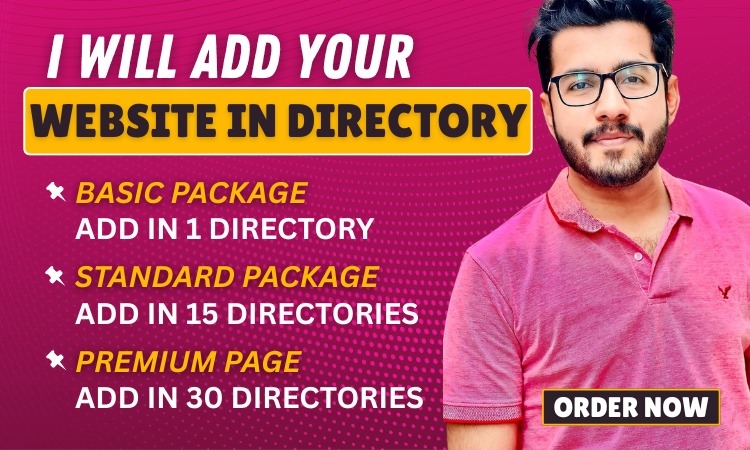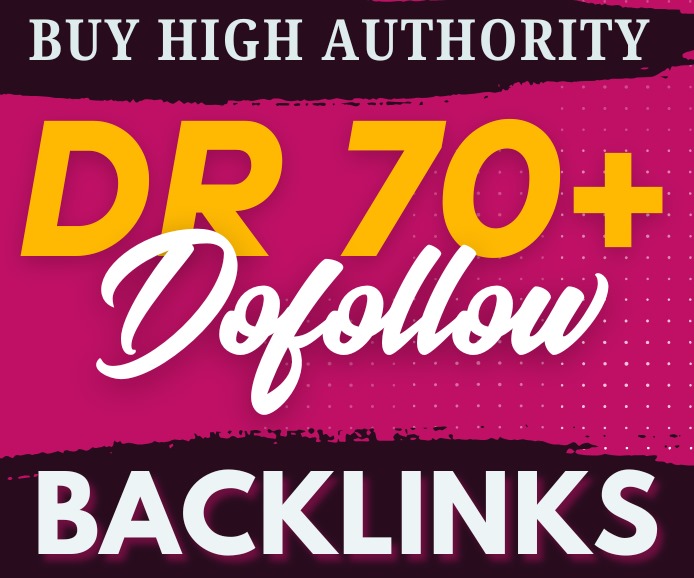Web Design is the process of planning, creating, and maintaining websites that look great and function smoothly. It combines visuals, user experience, and usability to engage visitors and guide them toward actions like subscribing, buying, or contacting.
Why Web Design Matters in Today’s World
In a digital-first era, your website often serves as the first impression. A well-crafted design builds trust instantly, while a poorly designed site can turn visitors away within seconds.
Core Components of Effective Web Design
Layout determines how the content is organized and guides user focus. Consistent branding with color palettes and fonts reinforces identity. High-quality imagery adds authenticity. Navigation should be intuitive. Fast load speed and mobile responsiveness are essential.
User Experience and Web Design
Great Web Design isn’t just visual—it delivers seamless User Experience. Users should easily find what they need, browse without friction, and trust your site. Every page and interaction should feel purposeful.
Responsive and Mobile-First Approach
Since a majority of traffic originates from smartphones and tablets, Responsive Web Design ensures your site adapts to any screen size. A mobile-first strategy starts designing for small screens and scales up to desktop, improving performance and usability.
Visual Hierarchy and Typography
Clear visual hierarchy helps visitors understand what’s most important through size, color, and placement of headings and buttons. Typography affects mood and readability—choose legible fonts and limit styles to maintain clarity.
Color Psychology in Web Design
Colors convey emotion: blue suggests trust, red urgency, green growth. Thoughtfully chosen color schemes can influence user behavior and reinforce branding.
SEO and Web Design—How They Work Together
Search engines evaluate site structure, speed, mobile usability, and content layout. Well-executed Web Design improves crawlability, reduces bounce rates, and enhances SEO performance.
Common Web Design Mistakes to Avoid
Avoid cluttered layouts, broken links, slow-loading pages, confusing navigation, inconsistent branding, and unclear calls to action. These issues frustrate users and damage credibility.
Emerging Web Design Trends for 2025
Minimalism with plenty of white space, darkmode themes, smooth animations and micro‑interactions, immersive scrolling effects, and AI-powered personalized layouts are leading design trends this year.
Web Design Tools You Should Know
Design tools like Figma, Adobe XD, and Sketch help wireframe and prototype. CMS platforms such as WordPress, Webflow, and Shopify support responsive builds. Performance tools like PageSpeed Insights and Lighthouse assist with testing and optimization.
Web Design vs Web Development
Web Design focuses on user interfaces and visual layout. Web Development turns that visual design into working code using HTML, CSS, JavaScript, and backend systems. Both roles are vital to create functional and beautiful websites.
DIY vs Hiring a Professional
DIY platforms like Wix, Squarespace, and Elementor offer ease of use for simple websites. But for scalable, SEO-optimized, bespoke solutions, hiring a Web Design agency or freelancer often produces more polished, strategic results.
Cost Considerations for Web Design
Pricing depends on complexity, customization, e‑commerce functionality, and maintenance. Estimates range from a few hundred dollars for a basic template to $5,000–$20,000+ for a full custom, high-performance site.
Web Design and E‑Commerce
Online stores need well-organized product pages, user-friendly shopping carts, trust signals like reviews and SSL badges, fast checkouts, and mobile-first design to drive conversions.
Website Maintenance: An Ongoing Process
Even after launch, a website requires updates, backups, content refreshes, plugin management, speed optimizations, and UX tweaks to stay secure, relevant, and efficient.
How Web Design Drives Branding
Your website visually communicates your brand values. Fonts, colors, visuals, tone, and layout should work together to establish a professional and trustworthy identity.
Why Accessibility Matters
Accessible Web Design ensures people with disabilities can use your site. Features such as keyboard navigation, screen reader compatibility, alt text, and proper contrast enrich the experience for everyone—and help meet legal standards.
Planning Your Web Design Strategy
Start by defining your goals, target audience, messaging, and brand voice. Map out site architecture, determine required features, and focus on user flow to guide design decisions.
Measuring Web Design Success
Track metrics such as bounce rate, session duration, click-through rate, conversion rate, and mobile usage. Use tools like Google Analytics, heatmaps, and A/B testing to refine design elements for better performance.
Web Design for Different Niche Markets
Real estate websites focus on property galleries and lead forms. e‑commerce emphasizes product showcase and checkout flow. Agencies showcase portfolios and client testimonials. Tailored Web Design reflects industry needs and audience expectations.
The Future of Web Design
Expect AI-assisted design assistants to create layouts from prompts, voice navigation interfaces, immersive 3D visuals and AR/VR integrations, and lightweight low‑carbon websites optimized for performance and sustainability.
Conclusion
Web Design is more than aesthetics—it’s about creating engaging, functional, and accessible experiences that align with your brand and convert visitors into customers. Whether you choose to DIY or hire professionals, investing in thoughtful Web Design is essential in 2025 and beyond.
FAQs
1. What’s the difference between web design and web development?
Web Design handles the visual and UX aspects; Web Development builds functionality using code.
2. How long does it take to complete Web Design?
Simple sites may take 1–2 weeks; complex, custom projects often take 4–8 weeks or more.
3. Does good Web Design improve SEO?
Yes. It enhances mobile responsiveness, load speed, navigation, and content structure—all key SEO factors.
4. Can I build a Web Design without coding skills?
Absolutely. Drag-and-drop platforms allow beginners to create functional, beautiful websites.
5. How frequently should I redesign my website?
Consider redesigning every 2–3 years or when your branding, content strategy, or user behavior changes significantly.




